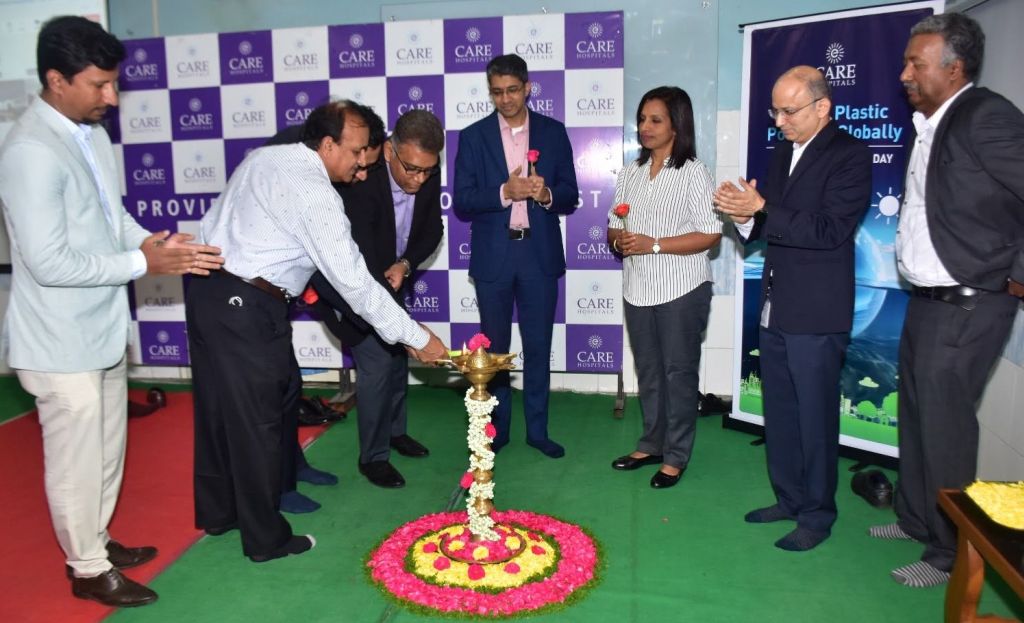The low-cost Srichitra Valve is an example of how successful implementation of the innovation ecosystem is helping India tackle rheumatic heart disease and contributing to the country's progress towards a healthy India. While the first Chitra Heart Valve was successfully implanted in a patient in 1990, subsequent improvements and large-scale efforts to improve the product have led to the clinical use of approximately 2,00,000 devices, whose success rates are the highest in the market today. was equal to that of any other heart valve.
Rheumatic heart disease, which causes damaged heart valves requiring prosthetic replacement, continues to be a challenge in India. In the 1980s, based on Indian Council of Medical Research estimates, 6 out of every 1000 children had rheumatic fever and a youth population of 12 lakh was at risk for valvular disease. The valves that are the solution to this disease needed to be imported at very high cost and were not affordable for everyone.
In response to India's need for low-cost indigenous artificial heart valves, Sree Chitra Tirunal Institute for Medical Sciences and Technology (SCTIMST), an autonomous institute of the Department of Science and Technology (DST), has set up a multi-disciplinary team to take up the challenge of developing the same. Put together a thematic team.
The valve was accordingly developed, and its first implantation was performed in 1990. The patient has since lived almost three decades of healthy life, yet this type of valve has been improved over time to ensure better functioning and durability.
The first generation Chitra heart valve models had an ultrahigh molecular weight polyethylene (UHMW-PE) disc; A sewing ring is made from a Haynes-25 alloy sleeve and a weave of polyethylene terephthalate (PET) fibres. The basic features of its design include free floating disc which minimizes the problem of thrombosis formation around the hinge area as well as its ability to evenly distribute the friction (wear) generated during its functioning over a large surface. Can rotate on a central axis; It has a planoconvex disc with the inlet side flat for improved hemodynamics; It also has less impact during valve closing compared to other mechanical valves, resulting in reduced noise levels during operation as well as reduced tissue-metal interface disturbances and the selection of soft UHMWPE disc material. The possibility of cavitation damage is also reduced.





